It would be overwhelming for any organization to attempt to address all aspects and aspects of environmental justice, especially at the grassroots level.
But Black Environmental Leaders Association(BEL), and the Global Shapers Cleveland Hub have seemed to figure out a way to get more done with fewer people—approaching the work from a distributive leadership model.
“As we were looking at how we wanted to show up in the marketplace, we wanted to embrace the notion that everyone is a leader,” says SeMia Bray, BEL co-director.
What is distributive leadership?
A distributive leadership model is a shared leadership model that maximizes all of the human resources within an organization’s network. Global Shapers Cleveland Hub and BEL take this approach to environmental justice. They empower individuals to allow them to assume leadership positions in their respective environmental solutions areas.
This model allows people to work simultaneously on different projects and allows all members to learn from and contribute to each other in order to facilitate collaboration and decision-making.
“The way we honor that [is] we learn and follow the lead of the leader,” Bray explains.
Bray cites as an example BEL’s relationship with Kim Foreman, executive director of Environmental Health Watch, a Cleveland-based nonprofit that works to create healthy homes and sustainable communities.
“[Foreman] is an expert on the adverse impacts of lead in our built environment—that’s a primary focus of her work,” says Bray. “If we work in conjunction with Kim, we can put our focus elsewhere. At the same time, Kim can come to us when she has action items and needs support that we can provide.”
Foreman, who’s been entrenched in environmental issues for decades, says it’s great to support each other in that way. “All the partners bring some level of expertise. It’s important to lift up each other’s work in this space, especially to show African Americans who are doing this work.”
Here, we profile some of the BEL and Global Shapers Cleveland Hub leaders—their backgrounds, what motivates them, their passions, and why they got involved.
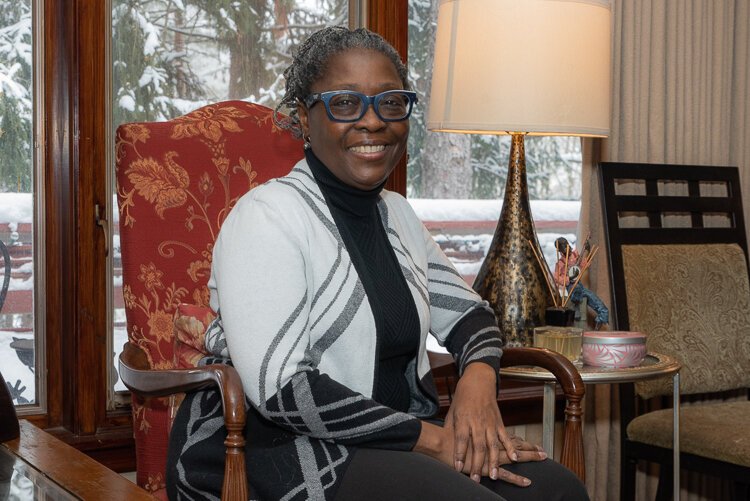 SeMia Bradley, co-director of BEL SeMia Bradley, co-director of BEL
SeMia Bradley, co-director of BEL SeMia Bradley, co-director of BEL
Bray’s focus is on energy with particular focus on renewable energy, waste reduction, and electric vehicles. She says she has always loved science and math and traces the early development of this interest to several generations of her family’s appreciation of and synchronicity with nature.
Bray also attended the Cleveland School of Science, where he was an intern on a spaceship. NASA Glenn Research Center.
As a young, Black female surrounded by older, white males, she just didn’t fit into the culture they created in the NASA organization and decided to pursue another career path.
“I didn’t connect,” she says. “If I would’ve had some sort of support system, I probably would have stayed [at NASA].”
Bray ended up in the commercial architecture design field, where STEM made sense to her. Both as a director and for the company. Urban League of Greater ClevelandAnd Emerald Cities Collaborative (ECC). At ECC, she helped position the organization as a “go-to” source for high road, sustainable, just and inclusive development strategies.
ECC’s strategies included the promotion of clean energy, green infrastructure and other sustainable development policies; programs that increase climate resilience in the metropolitan region; building community with family-supporting jobs, income and community wealth creation; as well as ensuring equity participation by low-income communities.
Bray is also a real-estate consultant. She’s served on the Water Equity TaskforceIt is currently on the Cleveland Tree Coalition’s executive committee.
Her hope for solving problems in her field of expertise is that the nation will find the solutions needed to transition to 100% renewable energy sources for all its energy needs. Bray explains how we need to overhaul our energy system by installing solar panel in our homes and transforming our grid to power electric cars.
“It’s not impossible,” she says. “We’ve done it before when we went from horse and buggy to cars.”
Bray supports participation at every level, whenever it is possible. “It’s my purpose. I embrace it,” she says. “Every shade of humanity needs to be included in that expansion and the economic benefits.”
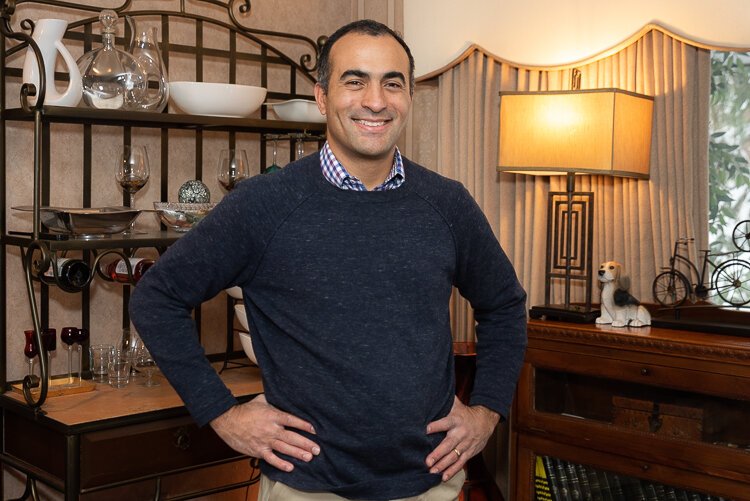 David Wilson, co-director of BELDavid Wilson, co-director of BEL
David Wilson, co-director of BELDavid Wilson, co-director of BEL
BEL co-director David Wilson’s area of expertise is landscape architecture and urban design. Landscape architecture refers to the planning and design for parks, campuses, streetsscapes, trails and plazas. It also includes other projects that strengthen communities.
Wilson’s time with the Western Pennsylvania Conservancy’s School Grounds Greening ProgramHe was inspired by Pittsburgh to fight for environmental justice. He advocated for more representation in the profession of design to address the legacy of design decisions that had adversely affected communities of color. He realized that children in the city had different lived experiences with nature and the environment than he had growing up in Connecticut’s New England landscape.
“For me, that was more than an issue of living in an urban environment, [an environmental issue]. That was a social justice issue,” he says.
Wilson is also a project manager for BEL. Studio LAND, serves as the chairman of the American Society of Landscape Architects Ohio Chapter (OCASLA), and is a committee member on the City of Cleveland’s Southeast Design Review Board.
He describes his work as a bit of an anthropologist—having to examine where a place is now, where a place has been, and how it can serve a community currently and into the future as it connects to those systems of the natural and built environment.
Wilson says sustainability in environmentally sensitive design is not only about improving the landscape but also about leaving as little or no footprint as possible.
“It’s really making sure that the design looks at the landscape and, in some ways, improves some of those decisions made in the past around either infrastructure or connectivity,” he explains. “[We have to look at]Problems caused by the built environment [and compare it] with how the natural environment is supposed to function.”
Wilson believes that the environment should be viewed from the perspective of all people, in order to ensure it is sustainable for future generations. “We try to define what it means to be a good steward, not only in word but through practice,” he says.
If there’s one thing that would make a demonstrable change in the design profession as a whole, Wilson says, it is breaking down the barrier of what a designer should be, can be, and should look like.
“It baffles me that there’s still a mindset where a firm will go into a neighborhood and just start checking off boxes when the real experts are the residents… how [the residents’] voices are being devalued and even not considered in most cases,” says Wilson. “There needs to be a more concerted effort to reach a wider audience and make it accessible for folks to participate.”
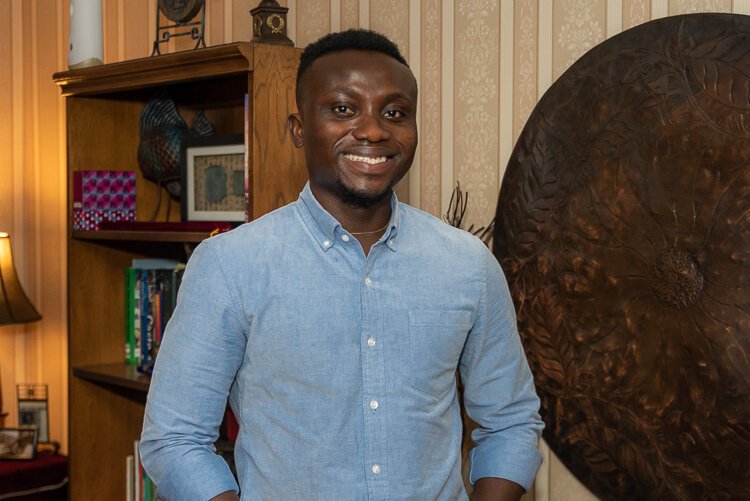 Kwame Botchway, Global Shapers Cleveland Hub curatorKwame Botchway, Global Shapers Cleveland Hub curator
Kwame Botchway, Global Shapers Cleveland Hub curatorKwame Botchway, Global Shapers Cleveland Hub curator
Kwame Botchway is the Global Shapers Cleveland Hub curator. He is an urban development professional who is also a social worker and is interested in the intersection between community and economic development, sustainability and impact investing.
He received a bachelor’s degree from the University of Ghana and holds a master’s degree in social administration from Case Western Reserve University(CWRU), where the award was given. Mandel Leadership Fellowship. He is the founder and principal consultant of Citadel Impact Consulting. He is also the director of community impact, innovation, and community impact. Cleveland Neighborhood Progress’ Village Capital Corporation.
“I think of my work primarily as social impact architecture, where I help organizations strategize around community solutions that build resilience, wealth, and wellbeing specifically within historically marginalized communities,” Botchway says.
Botchway grew up in the Volta region, Ghana, where he was raised in a society that revered the natural environment. He spent his formative years living on the Keta Peninsula. The lagoon and sea were not only a source of livelihood for the locals, but also had spiritual significance.
“As children, the natural environment was our playground,” he says. “We played soccer in the sand and ran track within the neighborhood. We swam in the sea and lagoon and sat around the fire at night to watch the stars and hear tales from the elders.”
Botchway finds it disturbing to know that there are communities in which children can’t play outside due to the pollution of a factory site or soil. Poor waste management practices, or a lack investment in parks and playscapes, make Botchway sick. It hurts him to see the lives of children whose lives are affected by lead poisoning in their homes.
“To know that most of these children are placed at this disadvantage because of their race, ethnicity or socio-economic status is the reason I fight for environmental justice,” says Botchway. “For me, environmental justice, social justice, is personal,”
Botchway has long been an advocate for safe, affordable housing within urban communities. This is especially true for urban communities on the brink of gentrification, which threatens the displacement long-term residents.
“The mixed-income neighborhood housing model, to me, is a sound and plausible strategy for preserving affordable housing in gentrifying neighborhoods and also deconcentrating poverty in distressed neighborhoods. The home is one of the frontiers of the struggle for resilience, and sustainability,” he says.
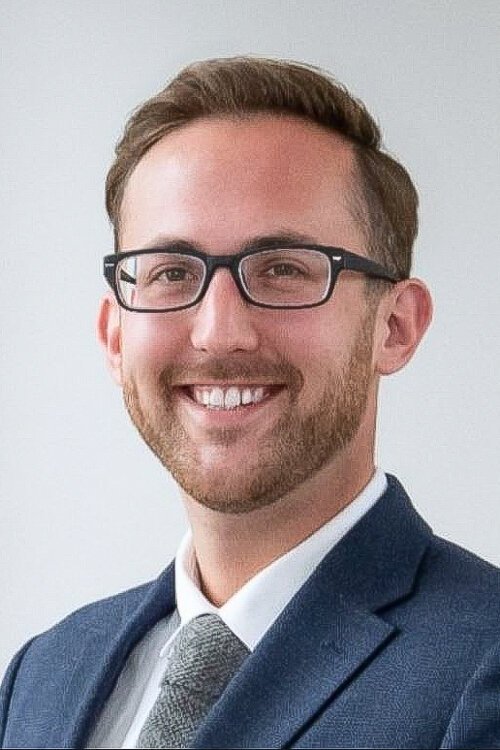 Jonathan Steirer is a Global Shapers Cleveland Hub memberJonathan Steirer, Global Shapers Cleveland hub member
Jonathan Steirer is a Global Shapers Cleveland Hub memberJonathan Steirer, Global Shapers Cleveland hub member
Jonathan Steirer is originally from Bethlehem, Pennsylvania. He moved to Cleveland after completing the program at Maine Maritime AcademyIn 2015, he received a B.S. In 2015, he earned a B.S. in marine system engineering and a minor degree in Naval architecture.
You want to be more involved in the community He expressed his desire to Global Shapers, which was in turn presented to him by a member of his dodgeball group.
Steirer describes himself as a community leader, professional supporting critical energy data science research at CWRU, and a professional supporting critical materials and energy data science research. He is passionately committed to social impact and community building with a focus upon fair and equitable housing and youth climate organizing and transportation solutions with an accent on biking and public transport.
Although he’s always had interest in housing, it grew from his participation in a Global Shapers’ partner project with the Fair Housing Center for Rights and ResearchHe and others were challenged to design a tenant screening model that could account for biases and disparate effects. They came up with some basic metrics that were discriminatory.
“Housing is related to a lot of other sustainability aspects,” says Steirer. “When you engage people around climate and environment, there is an opportunity to put housing into the conversation. It is usually siloed.”
For example, when people talk about lead, that’s a housing issue, he says.
The work with The Fair Housing Center for Rights and Research led to several recommendations—including changing the narrative around how a “good tenant” is defined, using Google ads to increase the search results rankings for this new narrative, and to better educate tenants of their rights as well as landlords on how to accept more tenants with fewer risks.
“Getting people into housing is a huge concern,” says Steiner. “I think this model can be of use.”
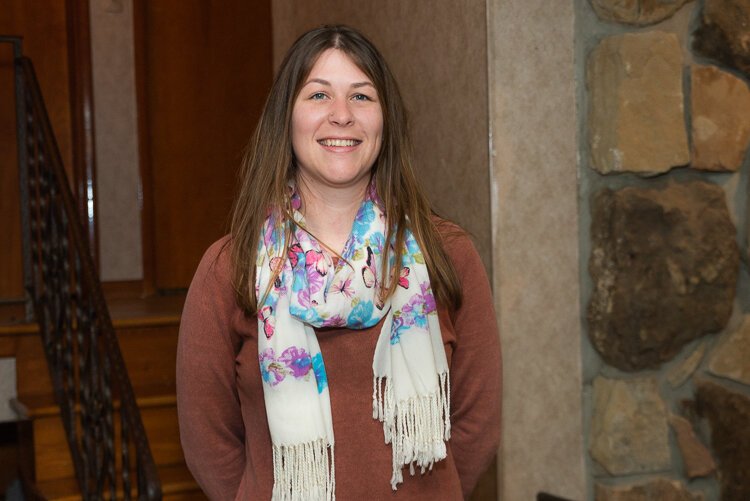 Elena Stachew is a Global Shapers Cleveland Hub memberElena Stachew is a Global Shapers Cleveland Hub member
Elena Stachew is a Global Shapers Cleveland Hub memberElena Stachew is a Global Shapers Cleveland Hub member
Originally from Cleveland, Global Shaper Cleveland Hub member and incoming curator Elena Stachew grew up in Michigan—spending summers on the beaches of Lake Michigan and camping with her family throughout the Midwest. Stachew’s dad served on the local environmental council.
“I always had an interest in nature,” she says. “I remember as a kid, having to remove invasive purple loosestrife from around a pond with my dad—[we released]These beetles were ordered from Asia and would only eat loosestrife. We also did water quality testing in local streams, and these activities just stayed with me.”
Stachew studied engineering in CWRU. There she became involved with sustainability groups, helping to clean up beaches and maintain trails. Cuyahoga Valley National Park. “I always made it a priority for sustainability to be a part of my personal lifestyle and profession,” she says, adding that she thinks sustainability should be embedded in every discipline at both the collegiate level and professional level.
Stachew’s area of technical expertise lies at the intersection of bio-inspired design, technology & manufacturing, and the built and natural environments. She refers to herself as a community connector and outdoor enthusiast, connecting individuals, communities, and organizations together—particularly in the spaces of clean energy, outdoor and nature-based education, and youth climate activism.
“What sustainability needs to be is a complete mindset shift in how we think, operate, act, and live with ourselves and our environments,” she says.
“A mindset shift is also what is needed for environmental justice, because how environmental issues and climate change disproportionately impact BIPOC [Black, Indigenous, and people of color] populations is a direct result of how our social, political, and economic systems are set up.”
It is clear that all of the Global Shapers and BEL leaders are passionate about creating an environment and economy that is better for current and future generations. Distributive leadership is what allowed them to bring their agency to the matter.
Steirer states that the distributive leader model gives everyone a stake in the mission. “It’s made me a more confident leader,” he shares.
Stachew states that a top-down approach can be slow and inefficient. A bottom-up approach at grassroots level creates the momentum for action but lacks the ability to effect systemic, policy-wide changes.
She believes that a mix of top-down approaches and bottom-up strategies can work if leaders on both ends are in constant communication. But, that is often the critical failure point.
“Starting with a distributed leadership model from the very beginning ensures everyone is a leader—regardless of age, experience, background, etcetera,” she says.
“It’s about what they can contribute. When something needs to be done and one person in the distributed leadership team asks for help, everyone knows they have the agency, the respect, and the responsibility to speak up and help,” Stachew continues. “Everyone believes in each other. It is understood that everyone produces their highest quality work, constantly communicates with the team, and reaches out if they need assistance.”
Wilson adds, “That is very much how we model true environmental and economic justice to a larger audience.”
This is the second article in a 10-part series. It aims to show how the intergenerational model can be used to move the needle in many areas of Cleveland and to raise stories of resilience, impact, and change within the environmental justice space. The next stories will feature different organizations that work on climate change and environmental justice, as well as the intergenerational voices involved in these issues.


